In this busiest 21st century, where the competition of excellence and distinction drives our lives, people are suffering from anxiety and depression.
One can feel depression and express it differently. Science is researching it and trying to help people to get relief from this mental condition. There is already much advancement with current medical and psychological therapies. The resistant cases, i.e., patients who do not benefit from current possible therapies, may require electric shock in a therapy called Electroconvulsive therapy.
There is one step forward in treating depression, and Medical technology has introduced several devices to help people with depression.
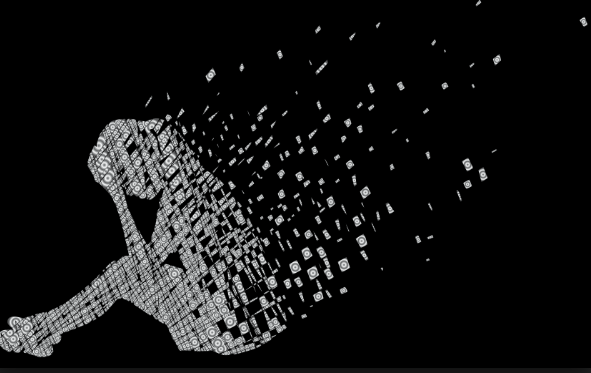
On depression
Depression is a clinical syndrome comprising of several symptoms. To diagnose depression, 5 out of 9 symptoms should be present for at least 2 weeks. These symptoms include;
- Feeling Sad
- Loss of interest
- Weight loss
- Loss of sleep
- Loss of energy/fatigue
- Feeling guilty/worthless
- Difficulty in concentration
- Suicidal ideation
- Slowed speech
The Wonderful Innovations:
Transcranial magnetic stimulation (TMS):
This is quite an impressive innovation.
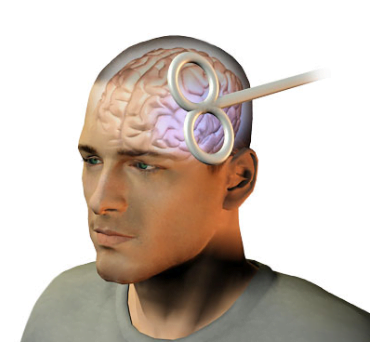
How TMS may help people with depression
TMS is a non-invasive method of motivating the brain. It uses an electromagnet placed outside the patient’s head and targeted at one particular part of the brain. It turns on a magnetic field that is as solid as a regular MRI but lasts less than half of a millisecond.
This magnetic field turns on or off neurons in the brain, such as those contributing to depression. If this is done repeatedly over time, it ends up retraining the specific circuits that we are pointing to function correctly on their own.
TMS approval by Neurologists:
Neurologists approved this treatment of depression, and it’s being studied in a variety of other circumstances. The first treatment approach takes particular circuits in the brain as a primary target and affects them directly to treat depression.
Computer-Based Training:
Another method to treat depression is computer-based training. It helps people to reduce depression.
Computer training tries to understand what is wrong with the brain with a task that directly exercises areas of the brain involved in depression. In this training, the patient is given a particular task quite frequently. This task is made tougher every time.
The idea is that the brain circuit connected with the mental illness will then function better in other situations of daily life.
By these tasks, patients develop an interest to do more rather than feeling like being in laboratory research. For example, they might also see birds flying by or see something jumping on the horizon, and they need to click on it with the full attention of mind.
It feels like a video game, but under the cover, it is working and improving particular cognitive functions by making patients work quicker and with greater precision.
It has been shown to work best for depressive patients and moves towards the researcher’s approval in the next couple of years.
Some patients with depression have a very profound cognitive impairment in something called executive function. That is your ability to think openly, shut out distraction, switch between tasks, retain information in your mind, and control it.
If you train people with schizophrenia to do these functions and make them harder at every level, they actually get better at those functions and better at dealing with life in general. They are not cured, but it is something that current medications cannot do.
What about ECT?
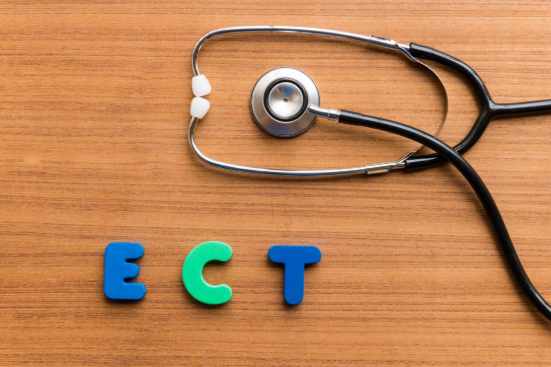
In the 1930s, ECT was discovered when researchers learned that applying a small electrical current to the brain caused mild seizures that changed the brain’s chemistry. Over the years, much has been done to make this form of treatment milder and easier for people to tolerate.
During ECT, a machine is used to send small electrical currents to the brain. These currents affect the area of the brain that lasts about 30 seconds. Treatment is usually two or three times a week over a few weeks. ECT can be effective in treating severe depression. However, there can be side effects such as confusion and memory loss. The process must be performed in a hospital with general anesthesia.
Biofeedback
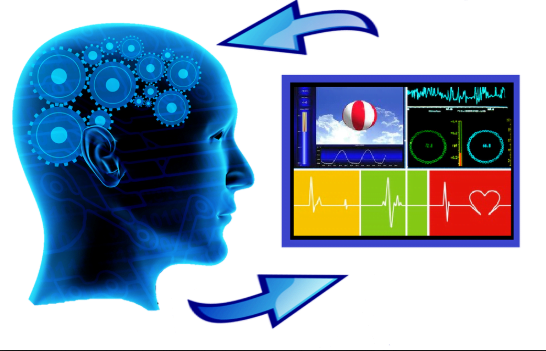
Biotechnology has introduced another new technique,” Biofeedback.” It is a technique that helps people to control their symptoms by taking deep breaths, relaxing muscles, or changing feelings. In biofeedback, a device can be worn or attached to a finger or ear that measures things like your heart rate, muscle tension, and breathing.
The user receives a response from the device in the form of beeping or flashing. As one changes their physiological reaction, the feedback they receive will change. This can relieve an individual who can learn the things that will decrease their symptoms. Eventually, people will be able to utilize these skills without the use of a device. Biofeedback can be used for a variety of issues, including anxiety, chronic pain, and headaches.
VNS- Vagus Nerve Stimulation:
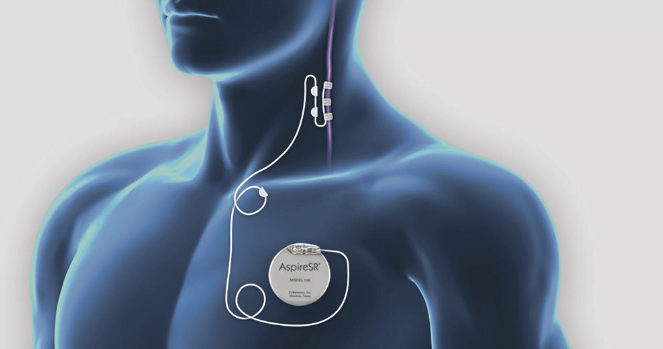
Researchers invented a small battery-powered device with the name VNS. It involves implanting a device similar to a pacemaker under the skin on the chest’s left side. The device is encoded to deliver mild electrical stimulation to the vagus nerve.
The doctors have approved VNS therapy for 18 years of age or older who are experiencing chronic or recurrent treatment-resistant depression. The treatment is equally effective in both unipolar depression and bipolar disorder. The antidepressant effect of VNS tends to build up slowly and continue over time. The most common side effects of VNS are hoarseness, sore throat, and shortness of breath.
Cranial Electrotherapy Stimulation devices work by sending a low-level electric current across the head and brain in short spouts. The force of the current is at a level that people often do not feel. The device is usually attached to the head via a headband or by clips worn on the ears. Developers of these devices indicate that they are effective in treating depression, anxiety, and sleeplessness.
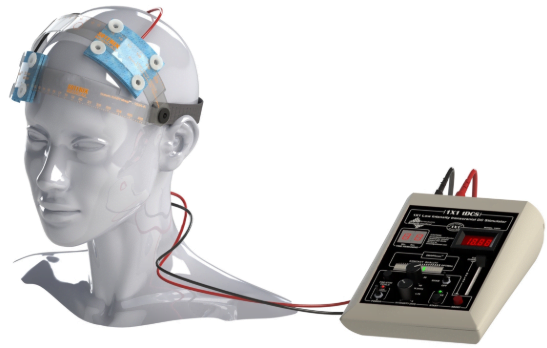
Conclusion:
The future of the treatment for depression could be as simple as wearing a headset. In any case, many exciting technology-based treatments are well within our grip, so the future for treating depression seems quite bright.

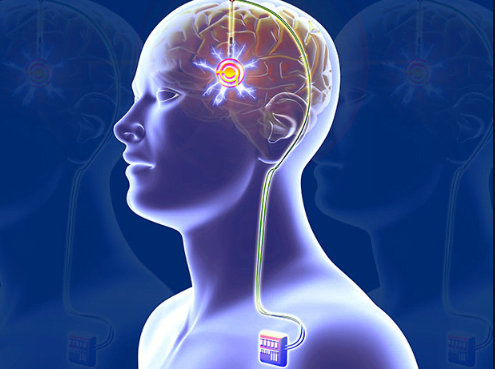

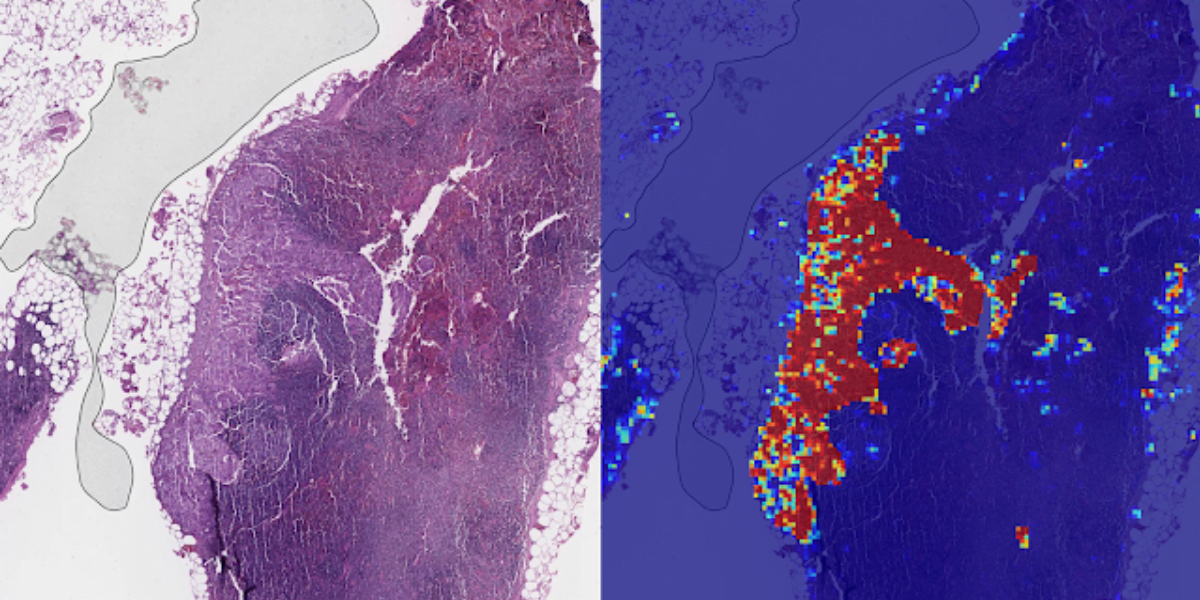



Share Your Thoughts